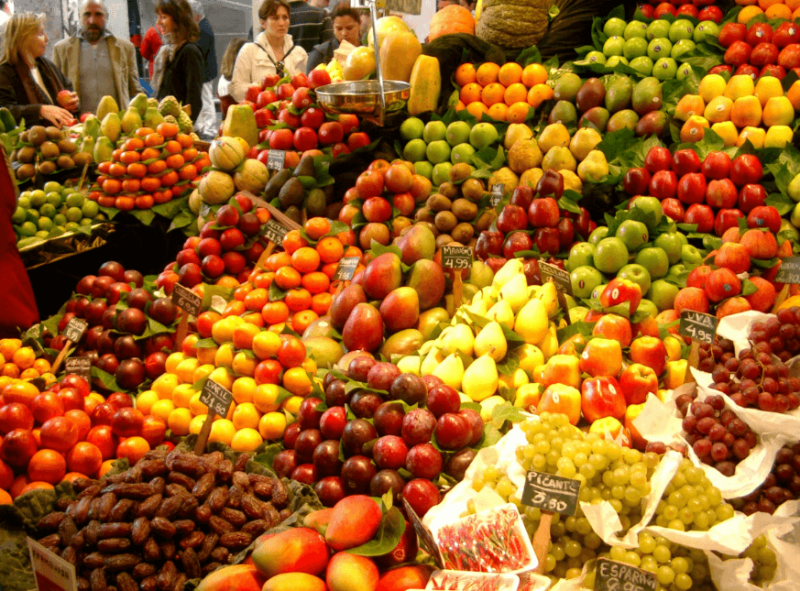To compile our list of the 10 most consumed genetically modified crops in the US, we decided to use data by the U.S. Food and Drug Administration (FDA), which tracks GMO consumption in the United States. We decided to use data by the U.S. Department of Agriculture to ascertain the acreage of each crop attributed to their genetically modified variety.
10. Papaya
Genetically modified papayas were first produced in the U.S. in 1996. Since then, they have been extremely popular in the country. The genetically modified papayas are known to be resistant to ringspot virus. This type of papaya was initially developed by a scientist in Cornell University and is majorly produced in Hawaii.
…
9. Squash
Genetically modified squash is one of the most consumed genetically modified crops in the US. Zucchini and yellow summer squash have been produced and used in the U.S. since around 1994 to 1996… Genetically modified squash is produced for resistance to specific plant diseases, including zucchini yellow mosaic virus and watermelon mosaic virus.
8. Apples
Genetically modified apples have been extremely popular in the U.S., especially because the genetic modification of the DNA prevents the browning of an apple, even after it has been sliced. The Food and Drug Administration (FDA) has approved genetically modified apples and have termed them to be safe to eat.
…
7. Potatoes
Fairly recently, the United States started the production of genetically modified potatoes. This variant of potatoes is resistant to bruising and producing a lesser amount of a cancer-causing chemical, called acrylamide.































